Incomprehensible icons are nothing new. Regularly, when a new technology that has a display and multiple functions appears, designers flock to iconify all of the functions, since icons save screen real estate and translation costs. In general, I think icons seem like a bad idea in all but a few cases, but it comes up again and again. With cars growing more UI functions as the various subsystems merge their display, car UI designers have (re)discovered icons. And, not surprisingly, they're experiencing the same problems that icon designers before them have had:
But for drivers and passengers, the symbols can sometimes be indecipherable without a stroll through the owner's manual.
And, of course, the traditional "they'll learn what they mean" specious argument is brought up:
Automakers, who started using icons at least a decade ago, say consumers accustomed to seeing icons on personal computers and cell phones are comfortable with them in their cars.
And this quote belies a deep chicken-egg misunderstanding of the nature of symbolic meaning:
"It's all about recognition," says Gary Braddock, design manager of the product design studio for Ford Motor. "If you can create a symbol like the Nike swoop that everyone recognizes, you can add a function to the symbol."
The symbol is only meaningfully associated with an idea after the idea has been firmly established. Nike made good shoes for a long time before their symbol came to be associated with their brand values. That's why when they expanded to China, their shoes had a giant Nike swoosh, whereas their American shoes have a tiny, every-shrinking, one. It's because the symbol means less in China, so its association with the shoe needs to be emphasized more.
What's interesting, as the article points out, is that cars have had icons for quite a while: dashboard lights and control indicators. There were already problems with these (I'm still confused by various heating/cooling icons: am I warming my feet and head or my chest and defrosting the window?), but they were relatively stable (there's even, apparently an ISO standard). The proliferation of new functions is going to push the limit of people's recall ability when new icons are introduced, when even the supposedly time- and lab-tested existing icons have problems(PDF file). What's going to happen when a bunch of new icons are created?
This is tough stuff, as these groups are finding out, and contentious precisely because it's tough:
In the USA, the National Highway Traffic Safety Administration considered adopting all of the standards, making their use mandatory. But the agency backed down after "several groups said they don't want to go to all symbols, because symbols are not intuitive and some people would not know what they mean," says Stephen Kratzke, associate administrator for rulemaking at NHTSA.
Frankly, I think that this is a holdover philosophy from an era where manufacturing restricted the number of variations on a button or dashboard, restrictions where largely no longer exist.
But that's not my point. I'm thinking that this is a good example of the real world problems that ubiquitous computing is going to encounter when the, ahem, rubber meets the road and specialized devices have to communicate their functionality intelligibly. Just wait, if appliance icons are bad now, wait until this level of integration and confusion hits.
Btw, I found that article on the Intelligent Transportation Society of America's site. Maybe the ITS people have something to teach the smart everyday object people....
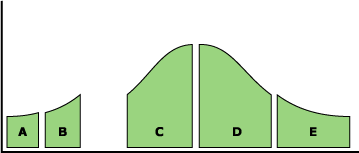
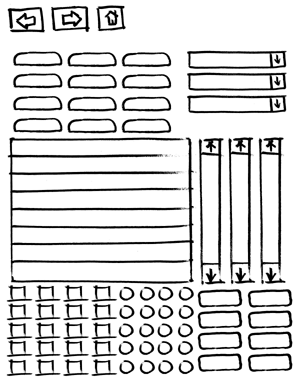

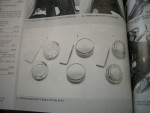
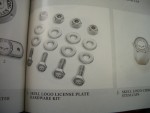
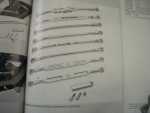





Recent Comments